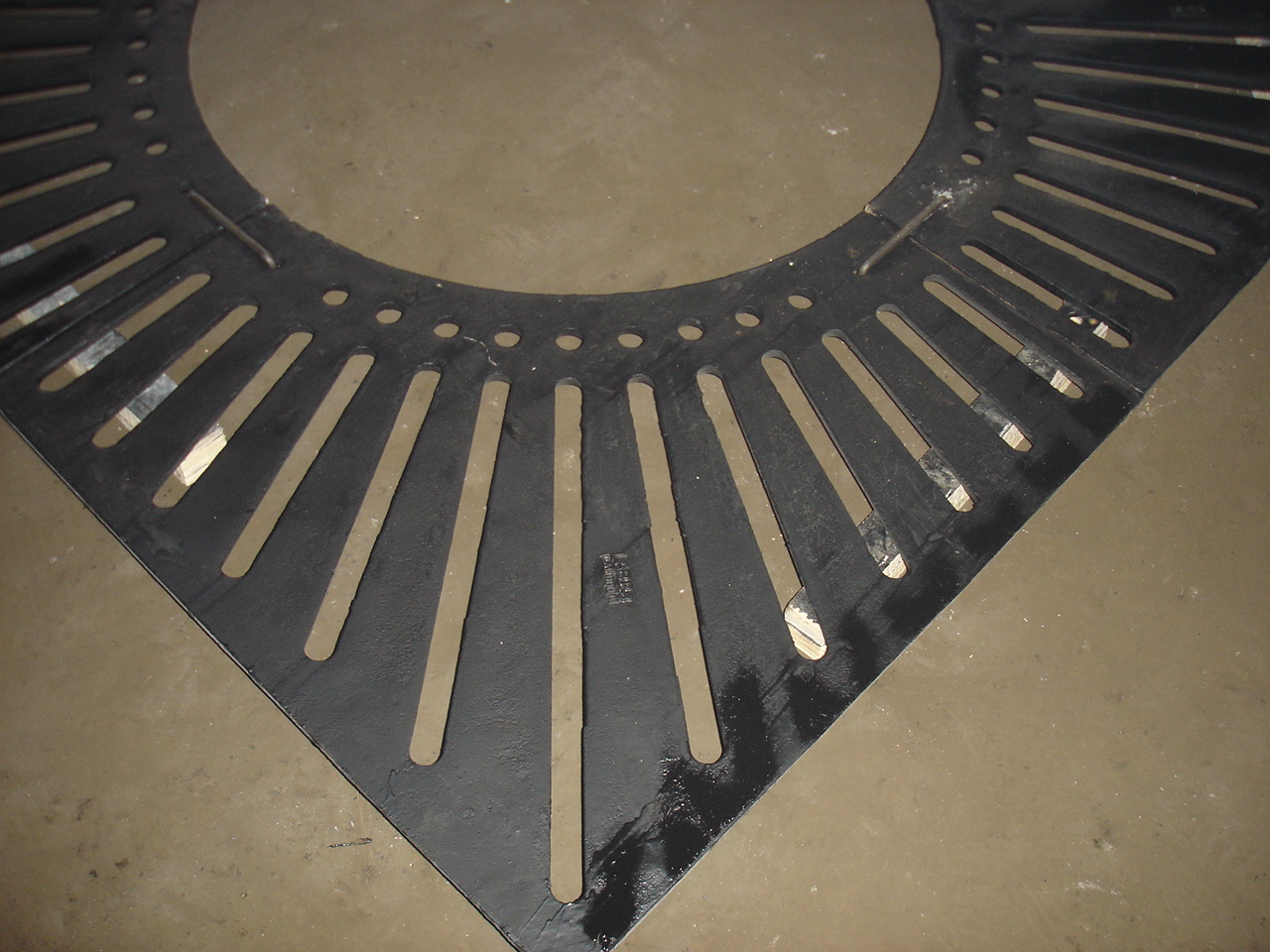Optimizing Drainage Systems with Effective Road Gully Grating Solutions for Improved Flood Management
Understanding Road Gully Grating Importance and Benefits
Road gully grating is an essential component of urban drainage systems. It plays a critical role in managing surface water runoff and ensuring that stormwater is effectively channeled away from roadways, preventing flooding and erosion. In urban environments, where impervious surfaces are prevalent, managing rainwater efficiently is crucial for maintaining infrastructure integrity and public safety.
What is Road Gully Grating?
Road gully grating refers to the covers or screens placed over roadside drains or gullies. These gratings are designed to prevent debris such as leaves, litter, and other materials from entering the drainage system, which could lead to blockages. Typically made from robust materials like cast iron or stainless steel, gully gratings are engineered to withstand heavy loads from vehicles while providing sufficient space for water to flow through. Their design can vary, with some featuring decorative patterns to blend in with urban aesthetics.
The Importance of Gully Gratings
1. Flood Prevention One of the primary functions of gully gratings is to facilitate the rapid draining of stormwater. In urban areas, surfaces like roads, parking lots, and sidewalks can become saturated during heavy rains. Gully gratings help channel this water into drainage systems swiftly, minimizing the risk of urban flooding.
2. Debris Control Gully gratings effectively filter out debris that could clog drainage systems. By limiting the entry of leaves, twigs, and litter into the drains, these gratings reduce the chances of blockages that can lead to costly maintenance and repair work.
3. Road Safety Standing water on roads can create hazardous driving conditions. Gully gratings play a vital role in maintaining road safety by ensuring that water is efficiently removed from the surface of the road, thereby reducing the risk of accidents.
4. Infrastructure Longevity Effective drainage is critical for the longevity of road infrastructure. Water pooling can weaken road surfaces and lead to deterioration over time, necessitating expensive repairs. By integrating gully gratings into drainage designs, cities can prolong the lifespan of their road networks.
5. Environmental Benefits Properly functioning drainage systems help manage stormwater in a way that reduces pollution. By filtering runoff before it enters the wider drainage network, gully gratings can help mitigate the introduction of pollutants into local waterways, promoting healthier ecosystems.
road gully grating

Types of Gully Gratings
Gully gratings come in various types to suit different environments and applications. Some common types include
- Flat Grates These are simple and commonly used designs that provide clear passage for water while preventing larger debris from entering the gutter.
- Slot Grates These feature elongated openings that allow for efficient water flow and can handle larger volumes of water quickly.
- Decorative Grates In urban areas where aesthetics are important, decorative designs are available, allowing cities to maintain visual appeal without sacrificing functionality.
Maintenance and Challenges
While road gully gratings are designed to be robust, they require regular maintenance to remain effective. This includes periodic cleaning to remove accumulated debris and ensure that water can flow freely. Challenges such as vandalism or damage due to heavy vehicles can lead to inefficiencies in the system, underscoring the importance of regular inspections and maintenance routines.
Conclusion
Road gully grating is an integral part of urban drainage systems that serves multiple functions, from preventing flooding and ensuring road safety to supporting environmental health. As cities continue to grow and face increasing challenges from climate change and urbanization, the importance of effective stormwater management solutions like gully gratings cannot be overstated. Investing in quality grating systems and regular maintenance will not only protect public infrastructure but also enhance the quality of urban life.
-
The Smarter Choice for Pedestrian AreasNewsJun.30,2025
-
The Gold Standard in Round Drain CoversNewsJun.30,2025
-
The Gold Standard in Manhole Cover SystemsNewsJun.30,2025
-
Superior Drainage Solutions with Premium Gully GratesNewsJun.30,2025
-
Superior Drainage Solutions for Global InfrastructureNewsJun.30,2025
-
Square Manhole Solutions for Modern InfrastructureNewsJun.30,2025
-
Premium Manhole Covers for Modern InfrastructureNewsJun.30,2025
